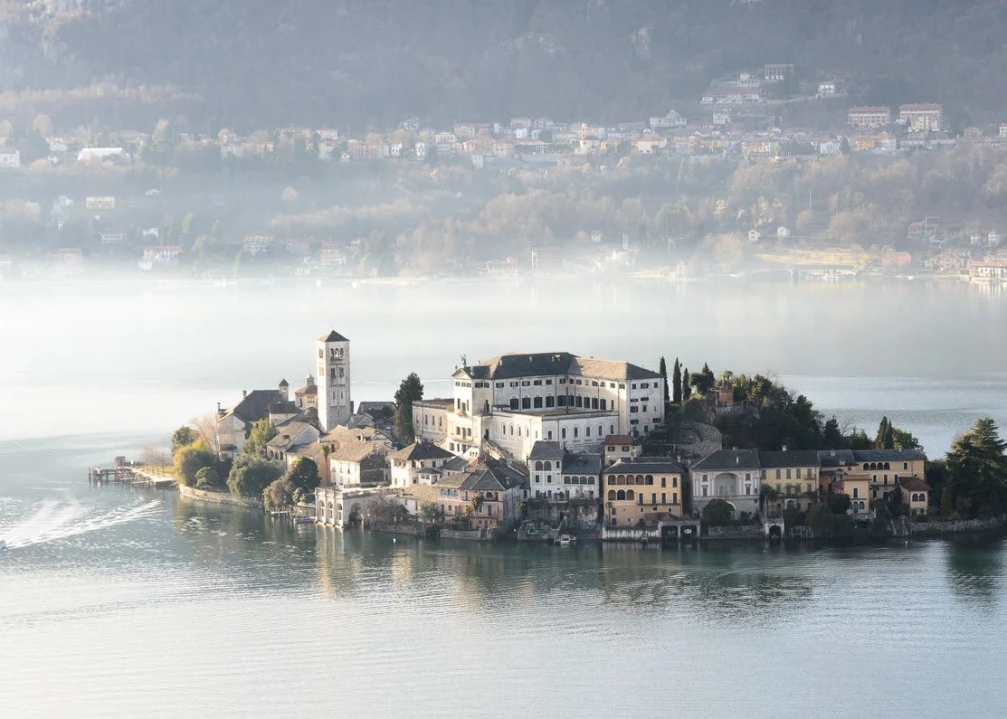A small chapel was built on the island in the 5th century, most likely in honor of Saint Julius. According to legend, the island had been infested with writhing hordes of snakes and other reptilian monsters until the saint arrived on its shores in the fourth century and banished them. He was buried on the island, and his remains are still there to this day.
In the 12th century, the little island became the grounds for a basilica. Even today, centuries later, the basilica is the crown jewel of the picturesque patch of land. A new seminary was built in the 19th century, which unfortunately saw some of the island’s older buildings demolished in its wake. It’s now a Benedictine monastery, which is still in use today. A smattering of quaint houses dot the island, which were once home to members of the clergy.



